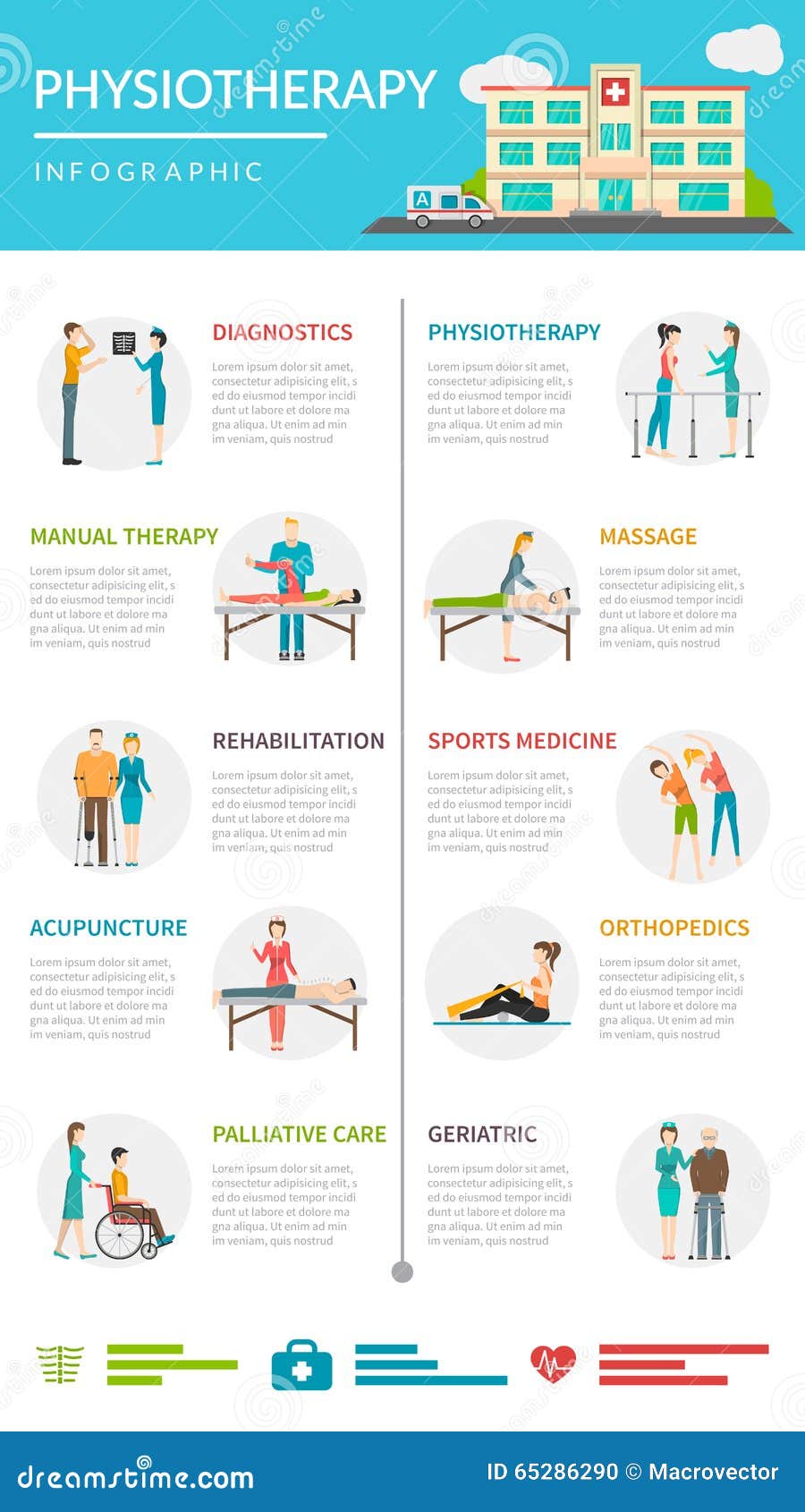Discover The Underlying Value Of Your Pain In The Back And Equip On Your Own To Boost Your Well-Being
Discover The Underlying Value Of Your Pain In The Back And Equip On Your Own To Boost Your Well-Being
Blog Article
Content By-Suarez Eason
If you're experiencing neck and back pain, your body could be trying to tell you something more than just discomfort. The means your back feels can give important clues about your general wellness. Understanding the particular sort of discomfort you're really feeling and any type of accompanying signs is crucial to untangling the secret behind your discomfort. Let's explore the typical conditions and symptoms connected with various sorts of pain in the back to clarify what your body may be signaling.
Types of Pain In The Back
When it involves neck and back pain, there are various kinds that you may experience. One common type is muscle mass pain, frequently caused by overuse, strain, or injury to the muscles and tendons sustaining the spinal column. This kind of pain can range from light discomfort to extreme and debilitating discomfort.
An additional kind is nerve pain, which can arise from conditions like herniated discs or sciatic nerve pain. Nerve pain typically provides as a sharp, shooting feeling that radiates down the leg.
Read the Full Document in the back can stem from problems like arthritis or sacroiliac joint disorder. This kind of pain is normally felt in the lower back and can be aggravated by particular motions.
In addition, pain in the back can be associated with structural troubles such as back constriction or vertebral fractures. Comprehending the kind of pain in the back you're experiencing is crucial in determining the ideal treatment and administration strategies.
Common Effects to Expect
Moving beyond the various kinds of neck and back pain, it is very important to acknowledge the usual signs and symptoms that can signify underlying issues.
lower back pains and back pain that worsens with movement or during the night could show a more serious trouble. Feeling numb or tingling in the legs or feet, specifically when accompanied by weak point, may point to a nerve-related concern. If you experience unexpected weight loss in addition to pain in the back, it could be an indicator of a much more systemic problem.
Focus on any kind of changes in bladder or digestive tract feature, as this could be linked to spinal cord compression. Fever, cools, or evening sweats in conjunction with pain in the back might indicate an infection. Keep an eye out for discomfort that radiates down one or both legs, potentially a sign of sciatic nerve pain.
Health Issues Linked to Neck And Back Pain
If you deal with back pain, it's crucial to recognize the prospective health and wellness conditions linked to this pain. Pain in the back can be a sign of different underlying problems, consisting of muscular tissue strains, herniated discs, osteoarthritis, spine constriction, and even problems like kidney stones or infections.
Muscular tissue strains are common and often result from lifting heavy objects or abrupt movements.
Herniated discs occur when the soft cells in between vertebrae protrudes, triggering nerve irritability.
Osteoarthritis, a degenerative joint condition, can lead to back pain as cartilage wears down.
Back constriction, the constricting of the back canal, can put pressure on nerves.
Kidney stones might trigger extreme pain in the back if they relocate into the urinary tract.
Infections like back osteomyelitis can likewise show up as neck and back pain. Understanding these prospective health conditions can aid you look for suitable healthcare and administration for your back pain.
Verdict
So, following time your back hurts, take notice of the sort of pain and accompanying signs and symptoms. It could be a signal from your body about underlying health problems like muscular tissue stress, nerve issues, joint problems, and even structural concerns. By identifying these indications, you can take proactive steps to resolve the origin of your pain in the back and boost your total health and wellness.
